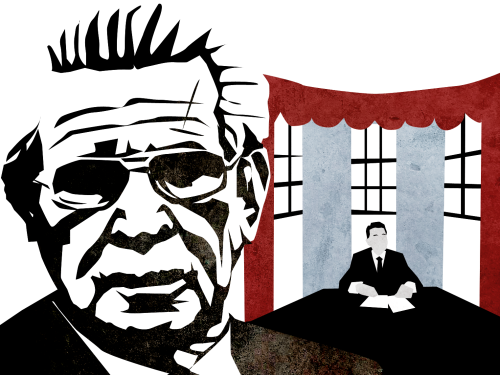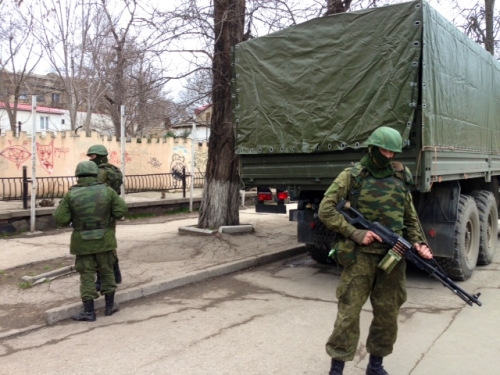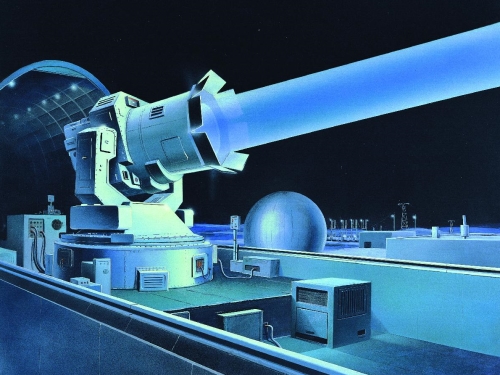
This article was originally published by the IPI Global Observatory on 5 May 2015.
With Hong Kong’s April reform package to elect a new chief executive in 2017 falling far short of creating genuine universal suffrage, and doing little to bridge the region’s political divides, the battle between the government and pro-democracy supporters for hearts and minds has been revived. The “umbrella” movement that caught the world’s attention last year could therefore resurface in the coming weeks and months.
By strictly following an August 2014 decision made by China’s Standing Committee of the National People’s Congress (NPCSC), the April package angered pro-democracy members of Hong Kong’s Legislative Council—the so-called “pan-democrats” who supported the street-based umbrella movement—who want to preserve the region’s autonomy as part of the “one country, two systems” model.




